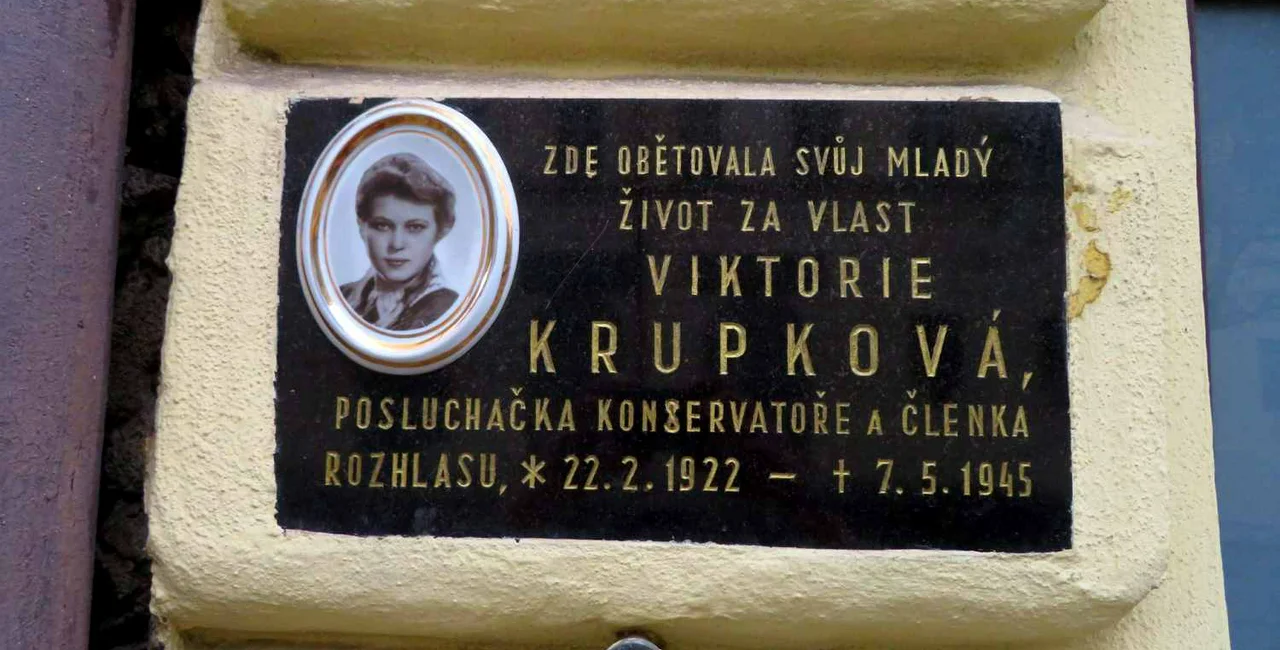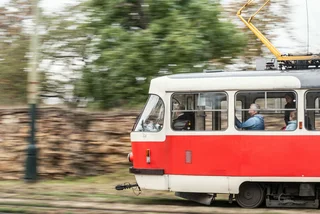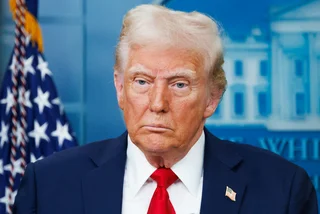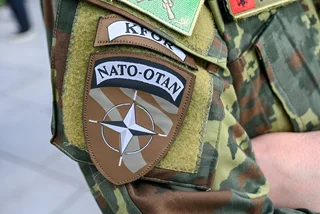The start of May 2020 marks 75 years since the Prague Uprising, which was among the last fighting in World War II. Normally, there would be memorial gatherings and re-enactments for a significant anniversary, but this year due to coronavirus restrictions, there won’t be any large public events.
But people can still see something. Plaques to mark where Czech fighters in the Prague uprising fell can be found all across the city. The uprising, also called the May Revolution, took place on May 5–8, 1945.
Prague citizens attempted to seize control of the city from the occupying German Army. The Red Army was already approaching from the east, and the American Army had made its way to Plzeň, but Prague itself was still not liberated. Fighting began near the Czechoslovak Radio building on Vinohradská Street and quickly spread throughout the city.
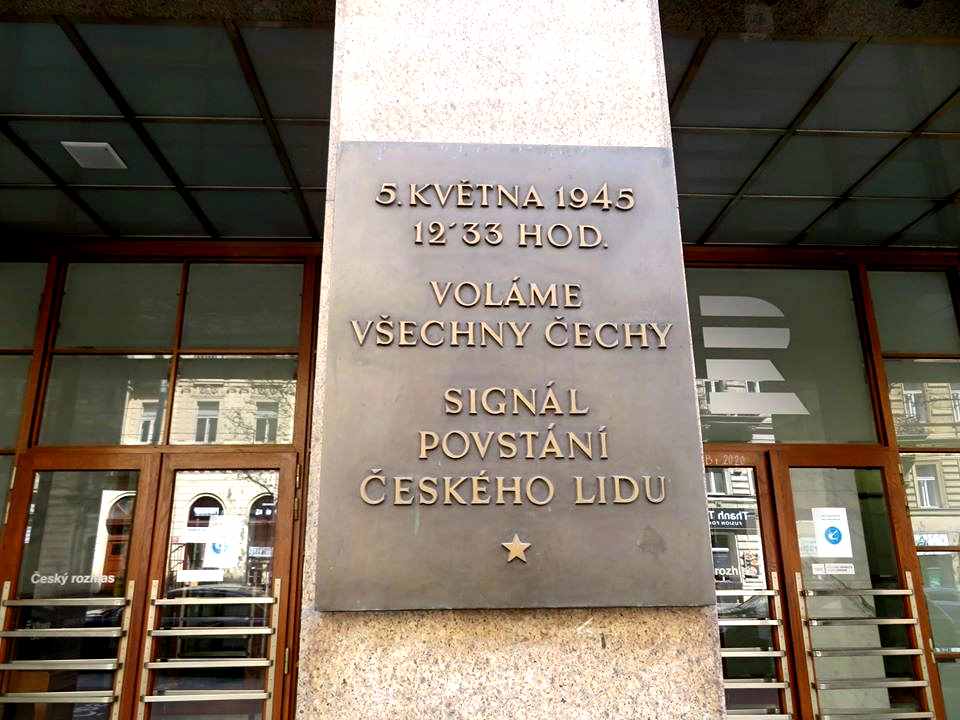
During the three days of fighting, 1,694 resistance fighters were killed and another 1,600 wounded, according to official figures. The German side had an estimated 1,000 causalities.
Casualties also include 300 members of the Russian Liberation Army and 30 members of the Soviet Army. The role of the Soviet Army in liberating Prague has recently been in the news due to the removal of the statue of Marshal Konev in Prague 6.
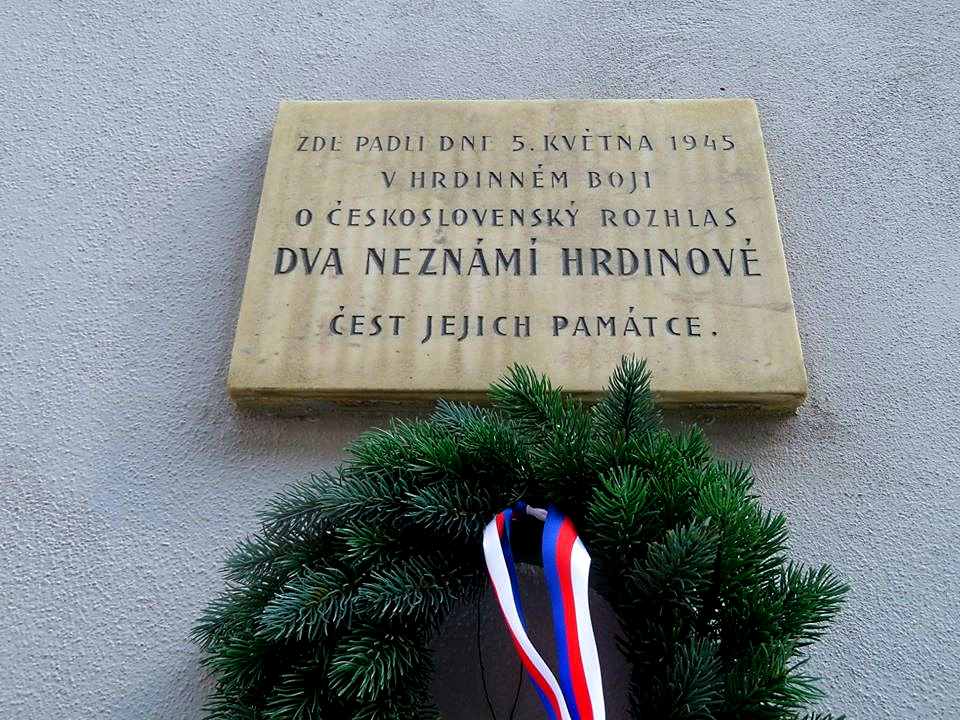
In the end of the uprising, the German side set fire to Old Town Hall on Old Town Square, destroying the city archives and doing significant damage to the tower and the Astronomical Clock.
The uprising plaques tend to be small and made of a decorative stone or bronze. Some are larger and include artistic reliefs or designs. A typical design is a white marble rectangle with etched black lettering. Black stone with white or gold is letters is also popular, and red granite with gold letters can also be found.
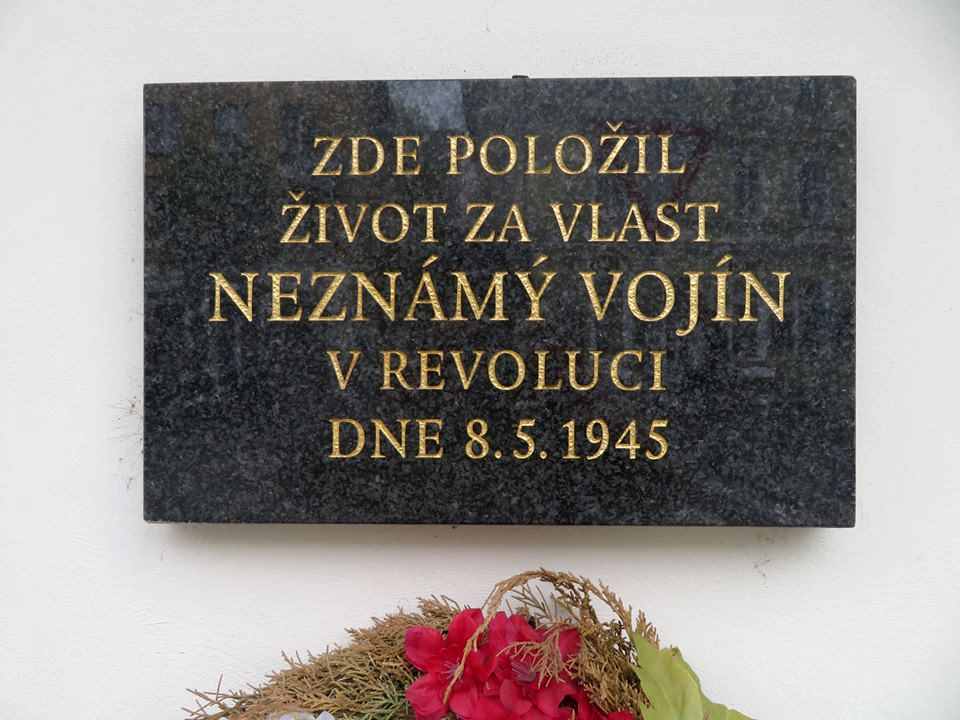
Once you find one, you will find them almost everywhere from main tourist spots such as Old Town Square, Wenceslas Square and next to Charles Bridge all the way to residential buildings and houses on quiet streets not only the center but all the way to the edges of the city. The metro stop Pražského povstání is named after the Prague Uprising, and several plaques can be found in that area.
Common phrases on the plaques include “čest jeho památce,” for “honor his memory” and “v boji za svobodu vlasti,” meaning “in the fight for a free nation.” “Neznámý hrdina,” “neznámý bojovník” and “neznámý vojín” translate to “unknown hero,” “unknown fighter” and “unknown warrior.”
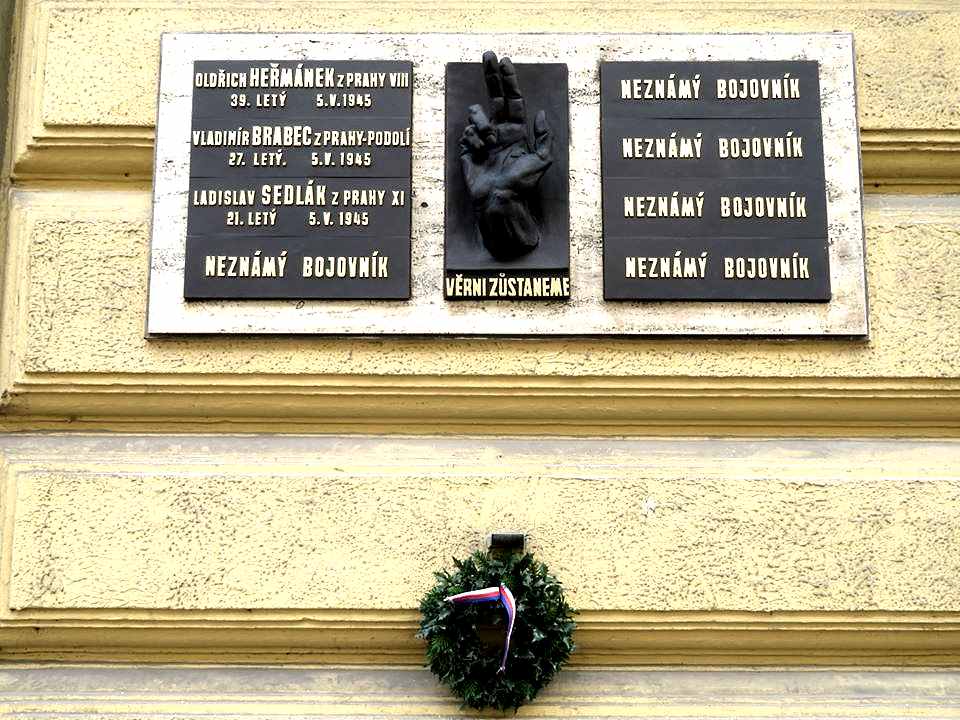
“Zde padl v pražském povstání” for “here fell in the Prague Uprising” or “zde padl v květinové revoluci” for “here fell in the May Revolution” are very common.
Sometimes more elaborate wording like “z tohoto domu padl v květnové revoluci” is used, meaning “from this house fell in the May Revolution” followed by a name and some details such as the name and age of the fallen fighter.
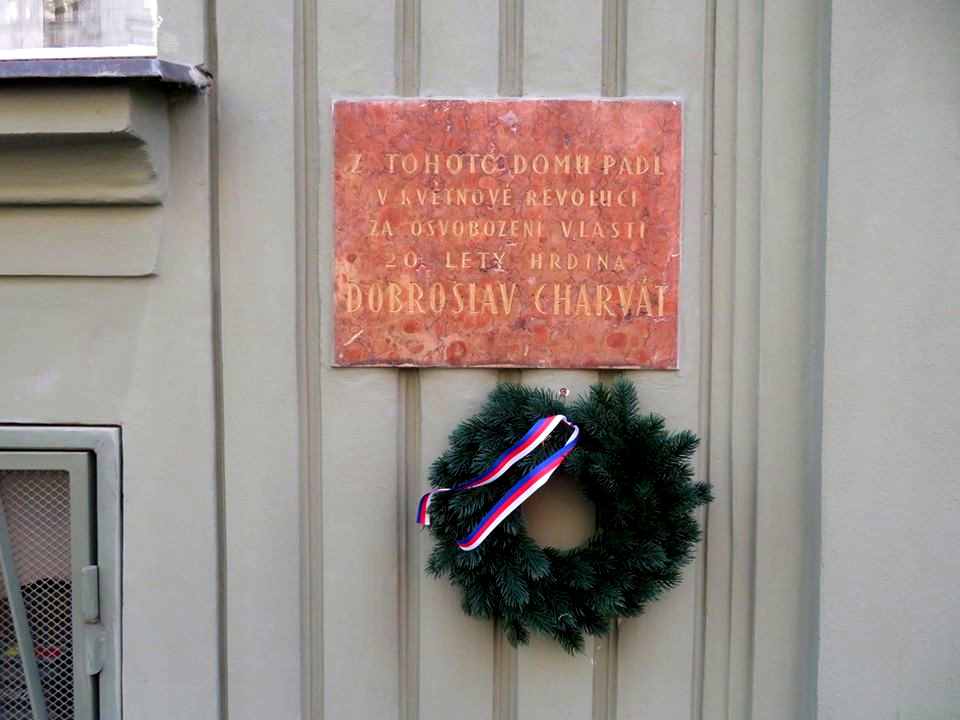
Some bronze plaques show a right hand raising two fingers emerging from the wall, with the phrase “věrni zůstaneme,” meaning “we remain faithful.”
A few plaques have photographs of the person who died. The image of a 9-year-old boy was killed in Prague 9 is etched into black stone. In Malá Strana on Karmelitská Street, a 23-year-old female student shorting her1940s hairdo and intense gaze is preserved in a monochrome ceramic photo.
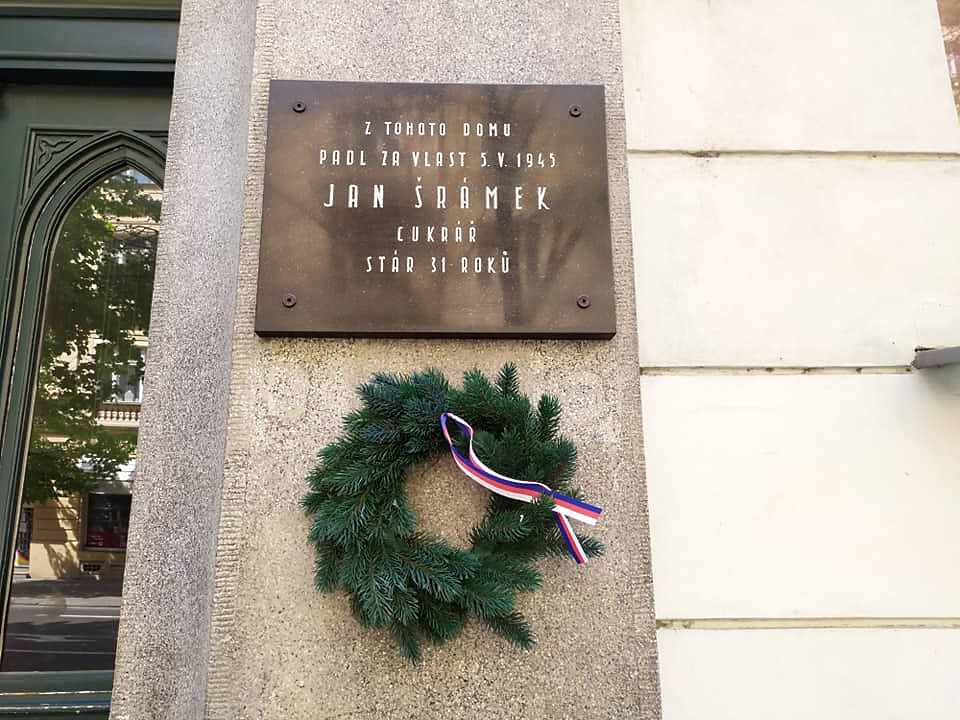
Some plaques also can be found outside houses where fighters lived or worked. O2 Arena, built on the site of a former factory, has a plaque inside with a list of workers who died in the war. Some post offices, hospitals, schools and other city buildings also list their workers who fell.
The exact number of plaques is not known, as they each fall under the care of the individual city districts, and the districts count them differently. Prague 3, for example, includes military graves in Olšanské hřbitovy in its list of war memorials.
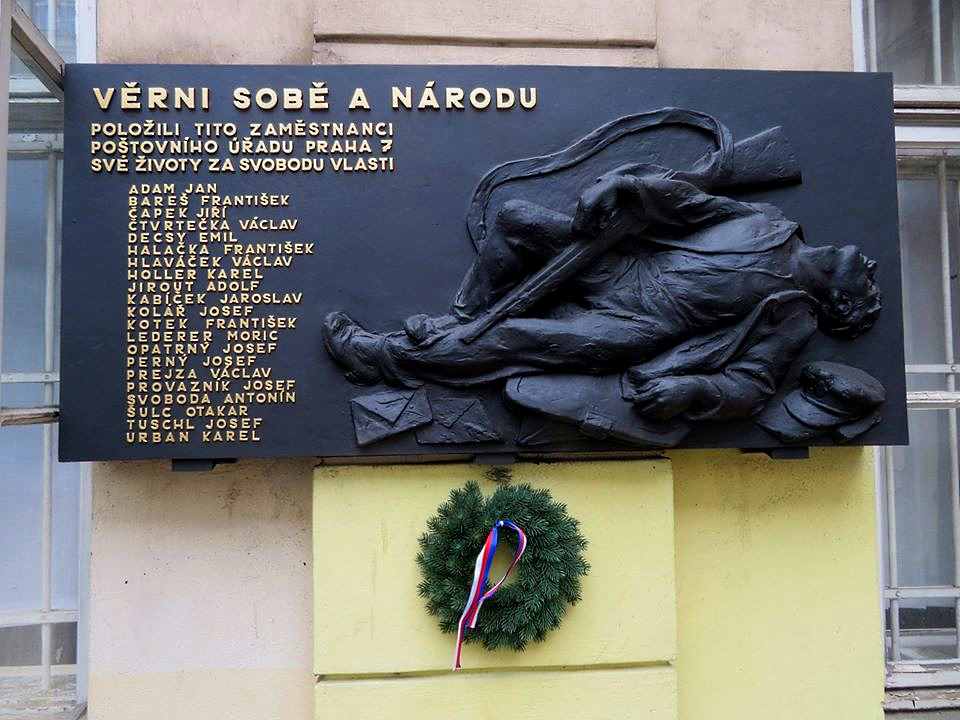
A rough estimate of just the plaques comes to over 1,000 across the city. From time to time, the city districts decorate the plaques with small wreaths or flowers, and this can already be seen in the run up to the anniversary.
Most plaques were put up in the post-war communist era by the Obecní národní výbor (ONV, or Municipal National Committee). They were looked after by the Czech Union of Freedom Fighters (ČSBS).
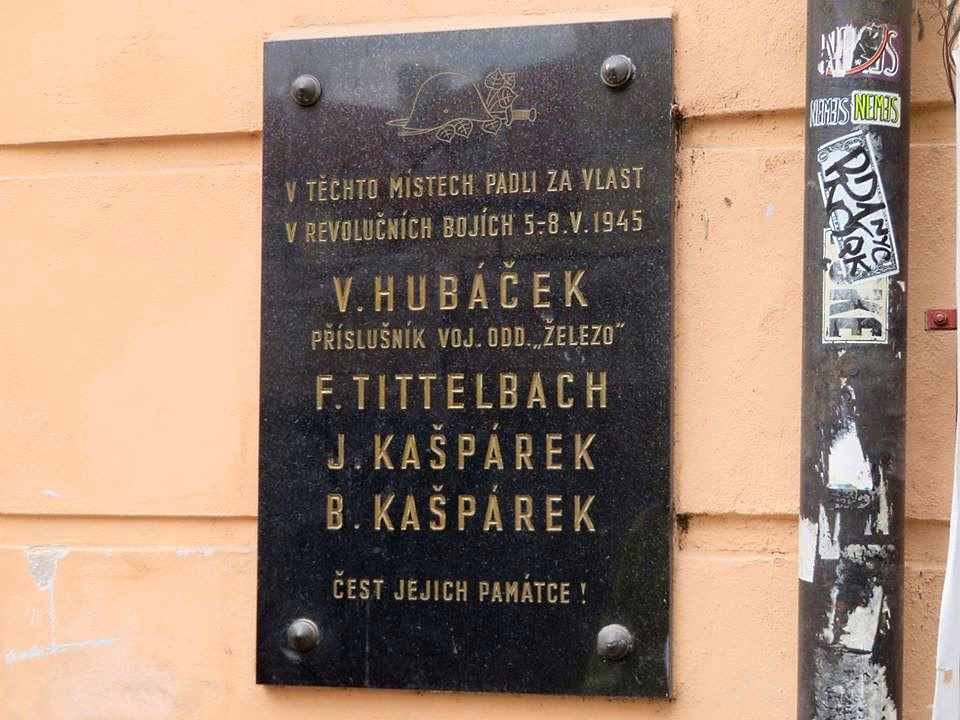
From time to time new plaques still go up, both related to World War II and for significant Prague residents in general. Anyone can raise money for one and then go through the paperwork at various city offices for the needed approvals.
There is also, unfortunately, a need for replacement plaques. The copper and bronze ones have been prone to theft as they can be sold to unscrupulous metal dealers. Replacements are often made of less valuable material, such as a thin sheet of metal with shallow lettering in a basic font, or even plastic that is colored to resemble metal at a quick glance.
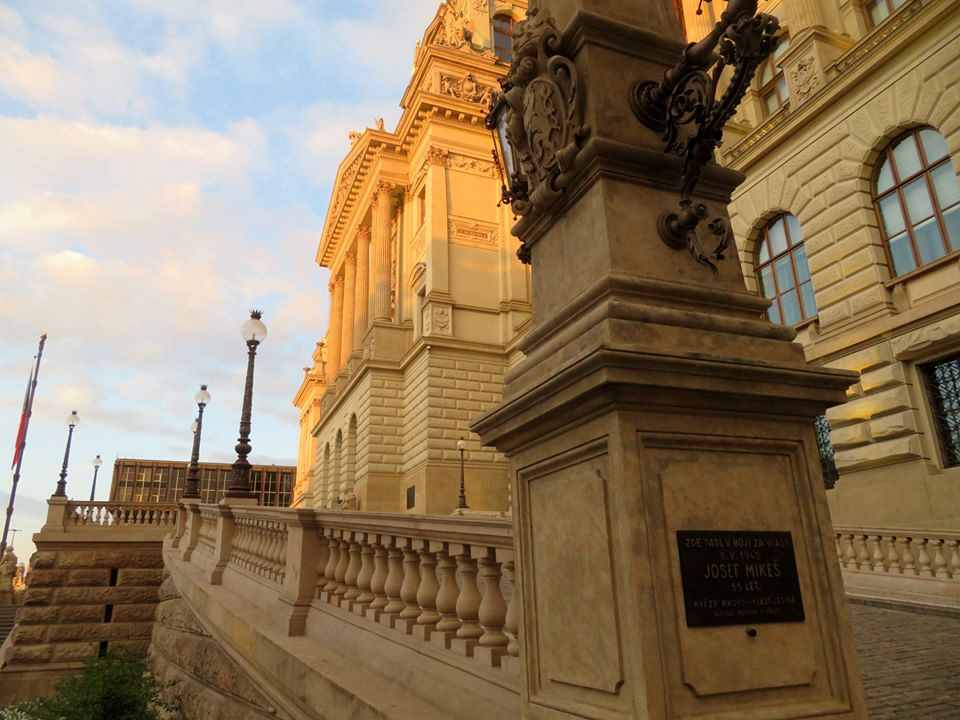
In 2015 on the 70th anniversary of the uprising, for example, the plaques at the entrance to Czech Radio building got the names of 81 more heroes, making a total of 170.
The intensity of the fighting can be tracked by making a general count of the plaques. In some areas, there is an isolated person here and there, in other places a dozen or more people were killed in front of a single building. Some hidden plaques can be seen on dead-end streets and alleyways, sad places to see a young life end.
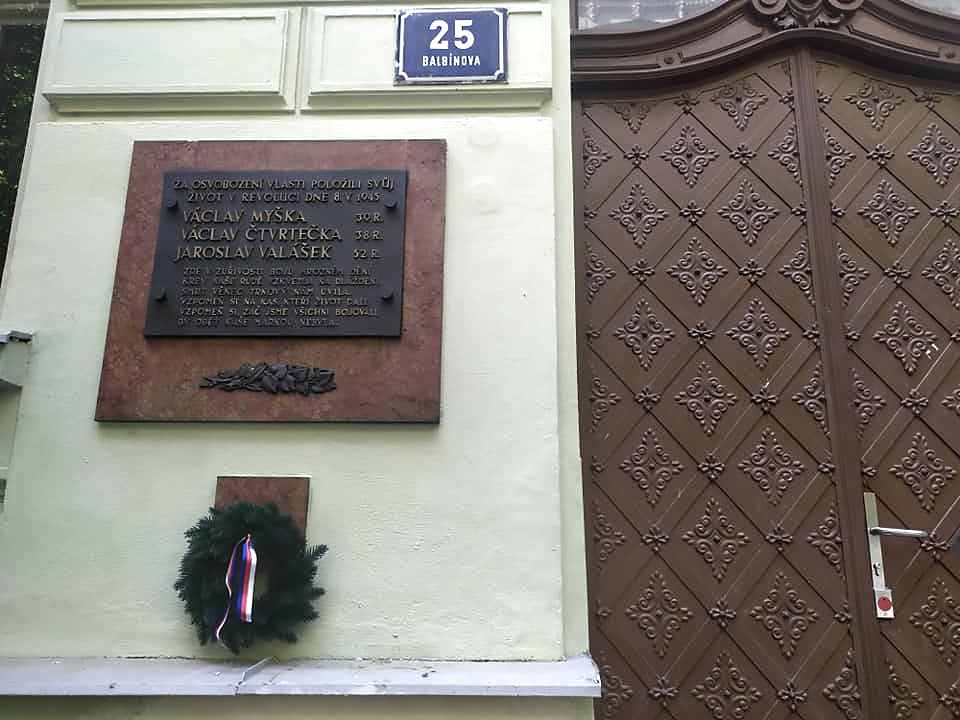
Fierce fighting also took place at what is now called Most Barikádníků, a bridge between Holešovice and Liben. Beneath the current bridge, built in 1980, a marble monument lists the names of those who tried to defend the previous structure. There is also a sculpture.
The website for Spolek Pro Vojenská Pietní Místa has details and GPS coordinates for the plaques and other monuments from both World Wars and other conflicts such as the 1968 Warsaw pact invasion. This list also includes Stolperstein, or stumbling stone markers, that show were victims of the Holocaust lived.
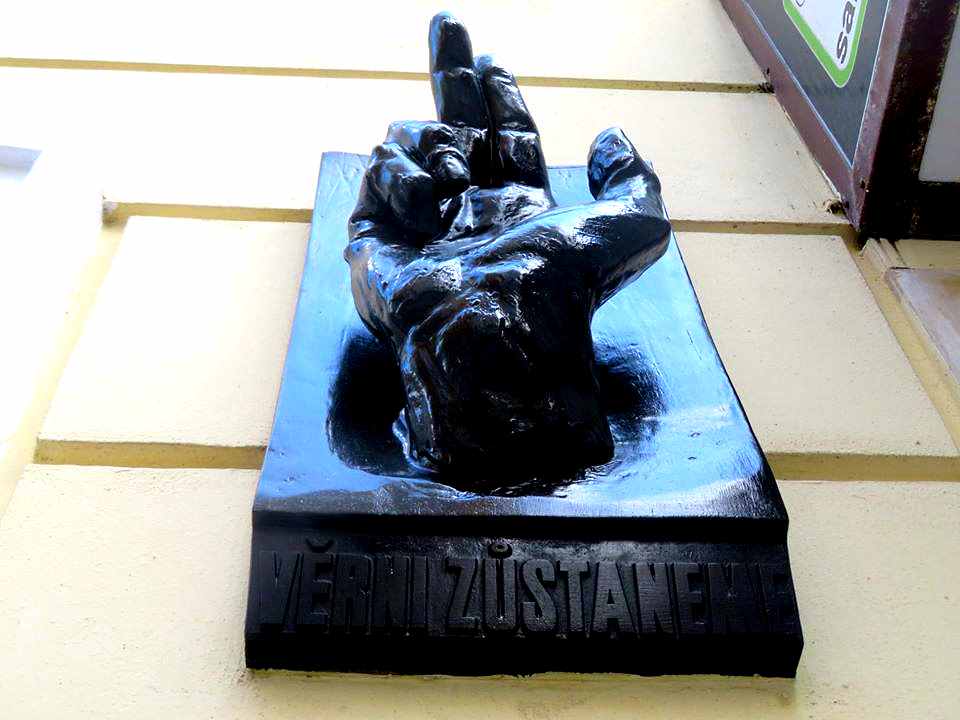












 Reading time: 5 minutes
Reading time: 5 minutes 